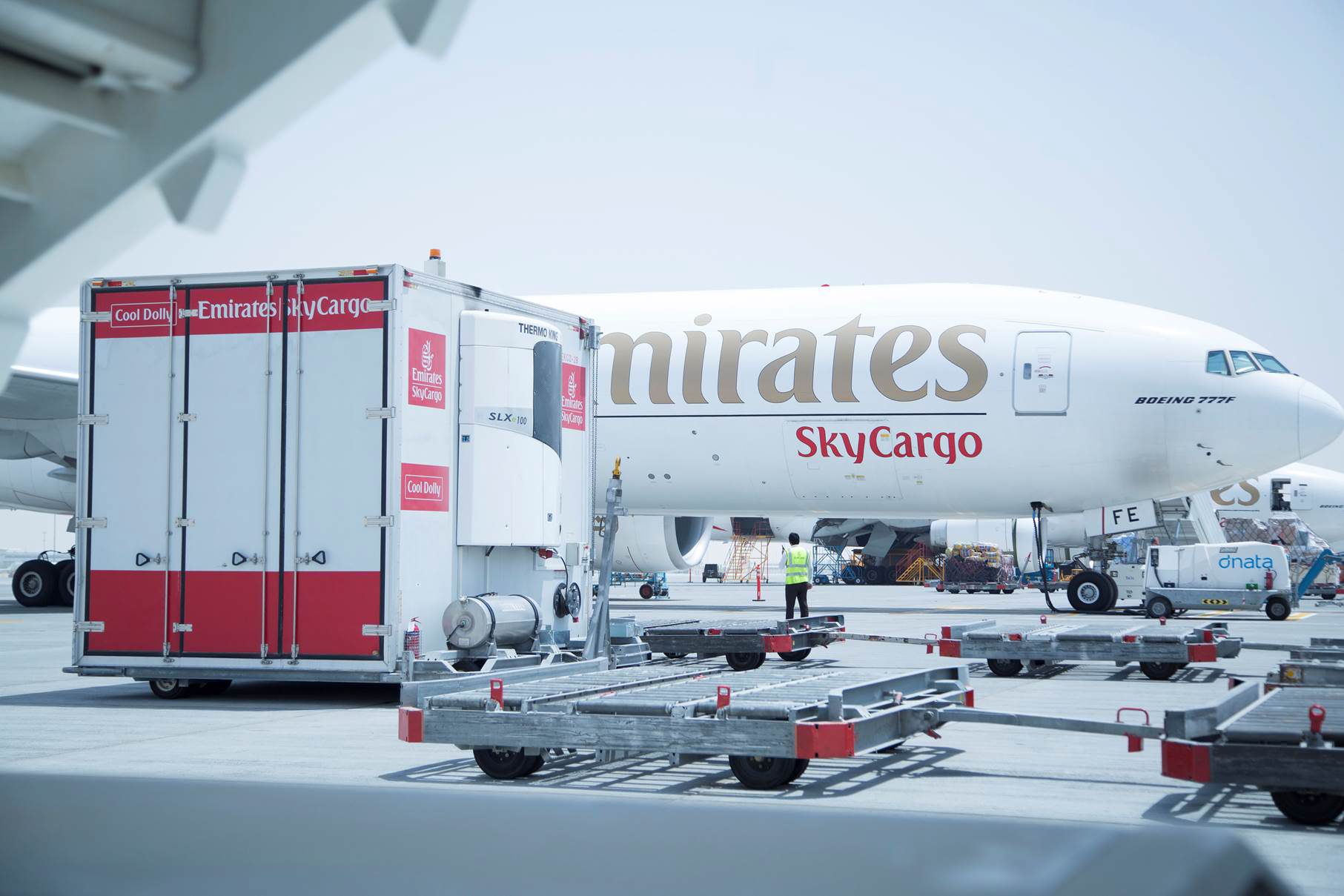“This will be the largest and most complex logistical exercise ever,” said Alexandre de Juniac, chief executive officer of the International Air Transport Association, the industry’s chief lobby. “The world is counting on us.”
IATA estimates that the equivalent of 8,000 loads in a 110-ton capacity Boeing 747 freighter will be needed for the airlift, which will take two years to supply some 14 billion doses, or almost two for every man, woman and child on Earth. It’s a tall order, given about one-third of the global passenger fleet is still in storage, based on data from Cirium.
There are around 2,000 dedicated freighters in use, carrying about half of all goods moved by air. The remainder typically goes in the bellies of the world’s 22,000 regular jetliners.
While the freighters are full, air-cargo volume has tumbled this year because so much belly capacity is sitting idle. Airlines have drafted about 2,500 passenger planes into cargo-only roles, but the job of distributing the vaccine would be easier if fleets were flying with usual frequencies to their usual destinations.
The Pfizer-BioNTech SE vaccine adds an extra layer of difficulty. It must be transported at minus 70 degrees Celsius, colder than winter in Antarctica, and the companies plan to use GPS-enabled thermal sensors to track the location and temperature of each vaccine shipment.
Upon arrival, the vaccine can be stored in ultra-low temperature freezers (which are commercially available and can extend the vaccine’s shelf life for up to six months), or in a fridge in a hospital for five days at 2-to-8 degrees Celsius, or in a special Pfizer thermal shipper, in which the doses will arrive. That can be used as a temporary storage unit by refilling with dry ice for up to 15 days. Once thawed, the vials cannot be re-frozen.


